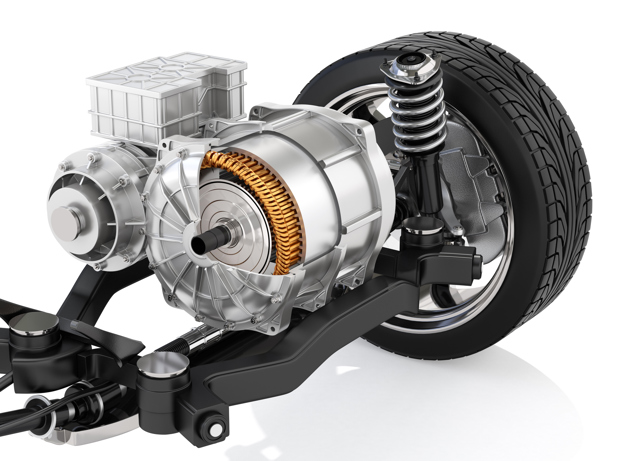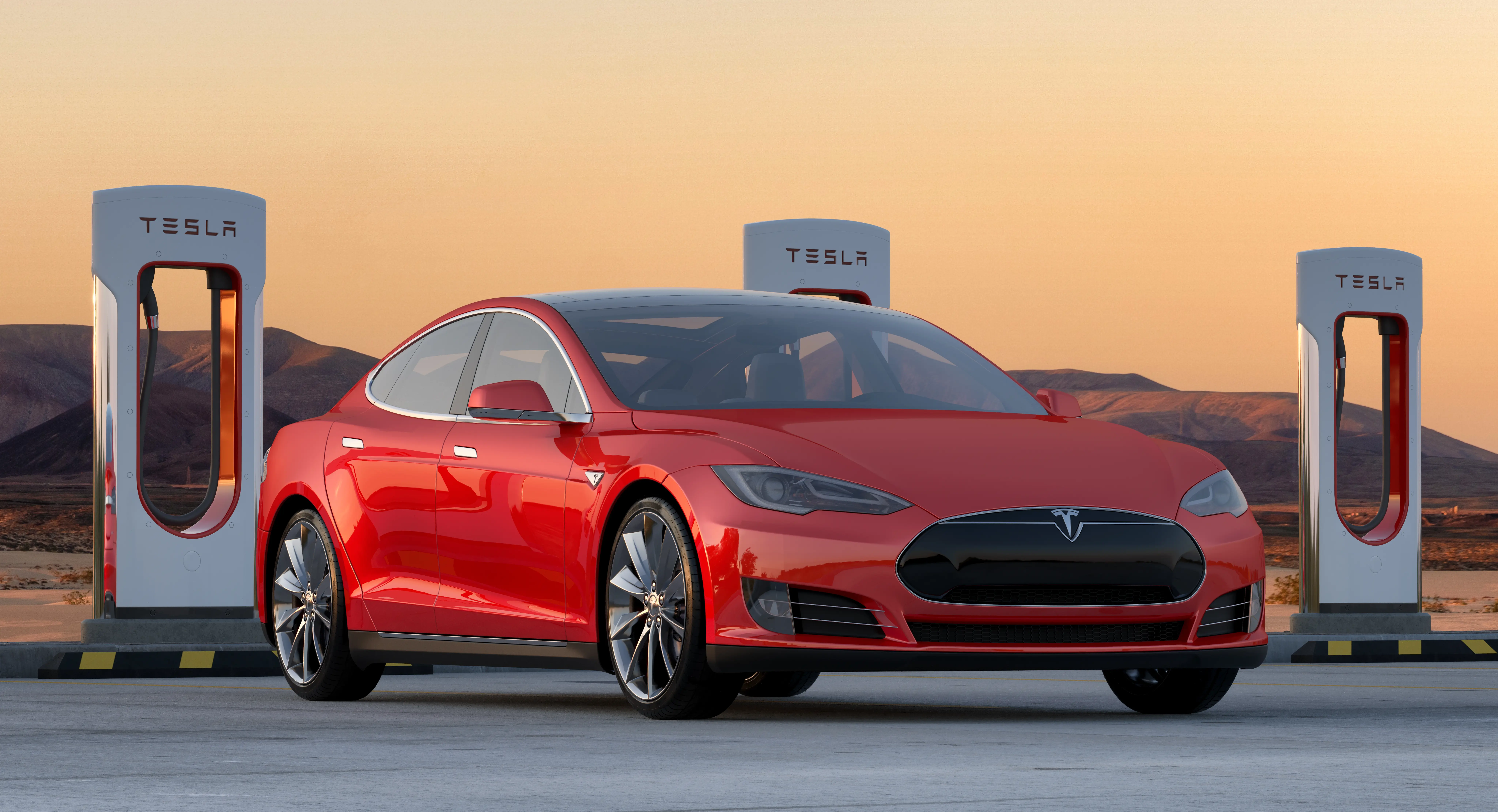Introduction to Tesla Model S Electric Motor
The Tesla Model S stands out as an innovative electric vehicle, thanks to its advanced electric motor. This section explores the key features and benefits of the Tesla Model S electric motor, highlighting its efficiency and performance.
One of the standout features of the Tesla Model S is its electric motor, which forms the core of the vehicle's powertrain. Unlike traditional internal combustion engines, electric motors offer numerous advantages in terms of efficiency, environmental friendliness, and overall performance.
Electric motors are renowned for their instant torque delivery, providing rapid acceleration and a smooth driving experience. The Tesla Model S electric motor is no exception, offering impressive power and exhilarating performance on the road. Whether cruising on the highway or overtaking slower vehicles, the electric motor ensures a seamless and responsive drive.
Furthermore, electric motors are highly efficient compared to conventional engines. With fewer moving parts, they result in reduced friction and lower maintenance requirements. The Tesla Model S electric motor maximizes efficiency, enabling extended driving range on a single charge and reducing energy costs.
Overall, the Tesla Model S electric motor combines power, efficiency, and environmental sustainability, representing a significant advancement in automotive technology and offering a glimpse into the future of electric vehicles.
Working Principle of the Tesla Model S Electric Motor
The Tesla Model S electric motor is a critical component that powers this innovative vehicle. Understanding its operation provides insights into the Model S's impressive performance and efficiency.
The Tesla Model S electric motor operates on the principle of electromagnetic induction, comprising a stator and a rotor. The stator, a stationary part of the motor, contains coils of wire energized with an electric current to create a magnetic field.
The rotor, the rotating part of the motor, contains powerful magnets. When electric current flows through the stator coils, it generates a rotating magnetic field that interacts with the magnets in the rotor, causing it to rotate.
This rotational motion is transferred to the wheels of the Model S, propelling the vehicle forward. The electric motor’s design allows for instant torque delivery, resulting in rapid acceleration and impressive performance.
One notable feature of the Tesla Model S electric motor is its regenerative braking system. This system reverses the motor's function, acting as a generator to convert kinetic energy into electrical energy during deceleration or braking. The generated electricity is stored in the vehicle’s battery pack, increasing overall energy efficiency and extending the driving range.
By harnessing electromagnetic induction, utilizing high-quality components, and incorporating regenerative braking, the Tesla Model S electric motor exemplifies cutting-edge technology that sets Tesla vehicles apart.

Advancements in Tesla Model S Electric Motor Technology
Tesla continuously pushes the boundaries of electric motor technology in the Model S. This section explores the latest advancements and how they contribute to improved power output, range, and system integration.
With each new iteration of the Model S, Tesla introduces innovations to enhance performance and efficiency. These advancements ensure a smoother, more powerful driving experience while minimizing energy consumption.
Improvements in power output and range are crucial for electric vehicles, and Tesla has made significant strides in these areas. Enhancements to the Model S electric motor increase power output, allowing for faster acceleration and a more exhilarating drive. Additionally, advanced battery technology extends the range of the Model S, enabling longer travel distances on a single charge.
Integration of the electric motor with other vehicle systems is another area where Tesla excels. The Model S electric motor seamlessly integrates with the vehicle’s braking and regenerative braking systems, allowing for efficient energy recapture during deceleration. This integration not only improves energy efficiency but also enhances the overall driving dynamics of the Model S.
The continuous innovation in power output, range, and system integration has solidified Tesla’s position as a leader in the electric vehicle market.
Find a NexDrive FacilityMaintenance and Care for Tesla Model S Electric Motor
Regular maintenance is crucial to ensure the optimal performance and longevity of the Tesla Model S electric motor. Here are some key maintenance tasks and tips:
1. Drive efficiently:
Drive smoothly and avoid sudden acceleration or hard braking to minimize strain on the motor.
2. Maintain proper tire pressure:
Keep tires properly inflated to optimize motor performance. Underinflated tires increase rolling resistance, while overinflated tires affect handling.
3. Follow manufacturer recommendations:
Adhere to the maintenance schedule and recommendations provided by Tesla, including regular service intervals and specific maintenance tasks which can be done at your local NexDrive service centre.
Common troubleshooting tips for electric motor issues:
1. Look for error messages:
Tesla vehicles have advanced diagnostic systems that display error messages. Refer to the owner's manual or contact Tesla for assistance if you encounter any error messages.
2. Consult a professional:
If you experience persistent issues with your Tesla Model S electric motor, consult a NexDrive technician for guidance. Visit your nearest NexDrive service centre today!
Find a NexDrive Facility








